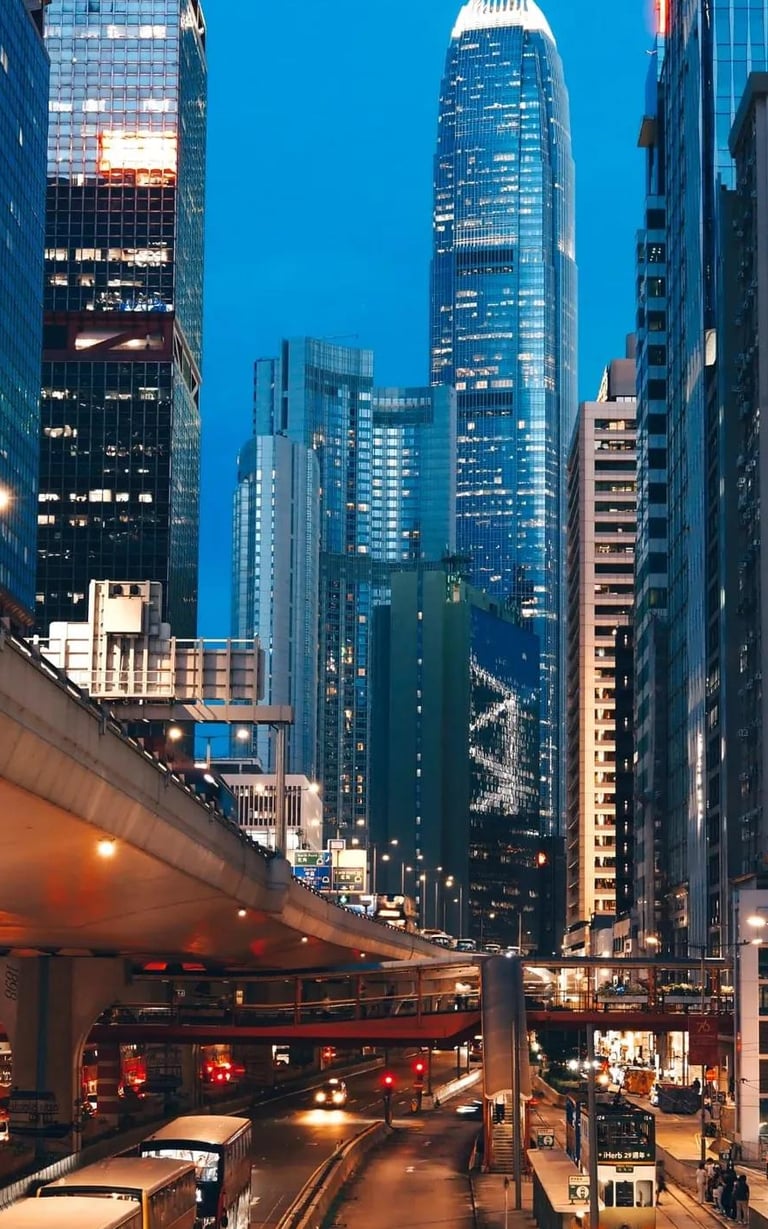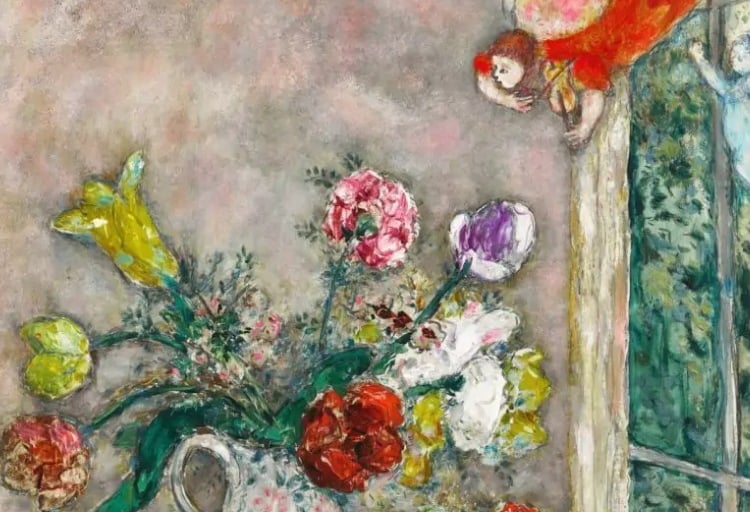Salvo Superstar at $650,000! Positive Signals from the Hong Kong Auctions
The recent evening sales in Hong Kong have once again highlighted the profound connection between art and finance. Christie’s, Phillips, and Sotheby’s, operating almost simultaneously, collectively realized around $136.3 million, including premiums. In a global context marked by macroeconomic uncertainties, auctions are no longer merely spaces of aesthetic prestige. They have become laboratories of patrimonial strategies, where works of art are considered alternative assets to be integrated into investment portfolios.
INSIDE THE AUCTION
Charlotte Madeleine CASTELLI
9/29/20253 min read


Hong Kong’s position remains strategically central. Despite geopolitical pressures and a shifting international role, the city continues to attract capital from across Asia and the world. Here, auction houses have been able to merge the Western tradition of collecting with the growing demand of Asian buyers, intercepting a new generation of investors. Evening sales, in this sense, function not only as cultural showcases but as financial platforms, where liquidity, reputation, and symbolic value converge.
The sale of Mattino di primavera (2007) by Salvo, which fetched $650,000 — more than three times the high estimate — is emblematic. It is not merely an individual triumph, but a demonstration that an Italian painter, outside the international “blue chip” canon, can now be recognized as a safe haven asset capable of attracting sophisticated capital. This success follows the result of November 2023, when Il Mattino (1994) by the same artist reached $1.11 million, setting an auction record and opening new perspectives for his secondary market trajectory.
The recent auctions revealed a dual behavior. On the one hand, established names — Chagall with his $3.58 million Fleurs de printemps, Zao Wou-Ki and Chu Teh-Chun with results within estimate — confirmed that capital continues to gravitate toward well-established artistic brands. On the other, certain Asian artists such as Mai Trung Thứ surpassed expectations, with sales close to the million-dollar mark.
This polarization mirrors trends observed in traditional financial markets: investors reduce risk by anchoring themselves to stable assets, while simultaneously seeking growth in emerging segments that promise diversification. Art, in this framework, functions as a hybrid basket: safety and speculation coexist, much like in a balanced investment strategy.


One particularly noteworthy development came from Phillips, which introduced a “Priority Bidding” system designed to reward collectors who commit to a purchase ahead of the sale. By offering reduced buyer’s premiums to early participants, the house effectively incentivized liquidity and reduced the uncertainty of outcomes. This mechanism closely mirrors financial market logic: fostering investor loyalty, securing early commitments, and stabilizing results. Auction houses are thus no longer mere intermediaries but increasingly strategic financial operators experimenting with innovative models of pricing and participation.
Art as an Alternative Asset: A Refuge in Uncertain Times
Over the past two years, art has increasingly consolidated its role as an alternative asset class. In a context of persistent inflation and volatile equity markets, collectors and investors are looking to diversify their holdings. While illiquid, art has demonstrated an ability to retain value over the medium to long term, particularly when works come from well-documented artists supported by foundations and archives.
The case of Salvo fits neatly into this logic. An artist whose recognition has expanded thanks to both critical validation and a stronger auction presence is being reframed not only as a cultural figure but also as a patrimonial guarantee. In other words, art is no longer exclusively a cultural commodity: it is also a strategic portfolio component, especially for investors seeking resilient capital allocation.
Curatorial Reflection: Toward a More Mature Market
From a curatorial perspective, what emerges from the past two months of international auctions is a picture of increasing maturity. The market no longer resembles a speculative race but rather a refined process of selection. Works are judged with criteria akin to those applied to financial assets: strong fundamentals, long-term sustainability, and transparency of provenance. Value is not measured solely in record-breaking prices but in the ability of an artwork to inspire confidence and integrate into a sustainable investment narrative.
The success of Salvo in Hong Kong exemplifies this shift. His luminous, Italian-rooted landscapes resonate not only with cultural memory but also with the logic of market credibility. What makes the difference is the presence of active archives, institutional recognition, and transparent documentation — all crucial factors in transforming artistic interest into economic trust.
Ultimately, the Hong Kong sales suggest a future shaped less by speculative peaks and more by consolidation. The art market, when viewed through both a financial and curatorial lens, seems to be entering a phase of conscious growth, where authenticity and credibility drive value. Art, in this framework, is both cultural capital and financial capital, two sides of the same resilient coin.
© Charlotte Madeleine Castelli | All rights reserved

